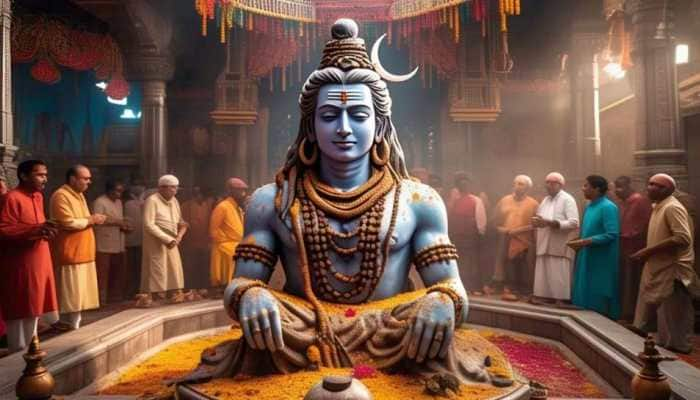Mahakumbh 2025: What Are 14 Hindu Seer Akharas? All You Need To Know About The Guardians Of Sanatan Dharma
The akhara system, established by Adi Shankaracharya in the 8th century, was initially created to train warrior monks for the protection of Hinduism. Today, it encompasses 13 akharas, including Juna, Niranjani, Nirmohi, and Bada Udasin, representing Sanyasi, Vaishnav, and Udasin traditions. These groups, though divided by belief systems, play crucial roles in the Kumbh Mela, from organizing the event to enhancing the spiritual experience of devotees. The Akhil Bharatiya Akhara Parishad, formed in 1954, facilitates coordination among the akharas. The inclusion of the Kinnar Akhara in 2019 was a landmark step towards embracing diversity, and all akharas are set to participate in the Maha Kumbh 2025. (Picture source - PTI)
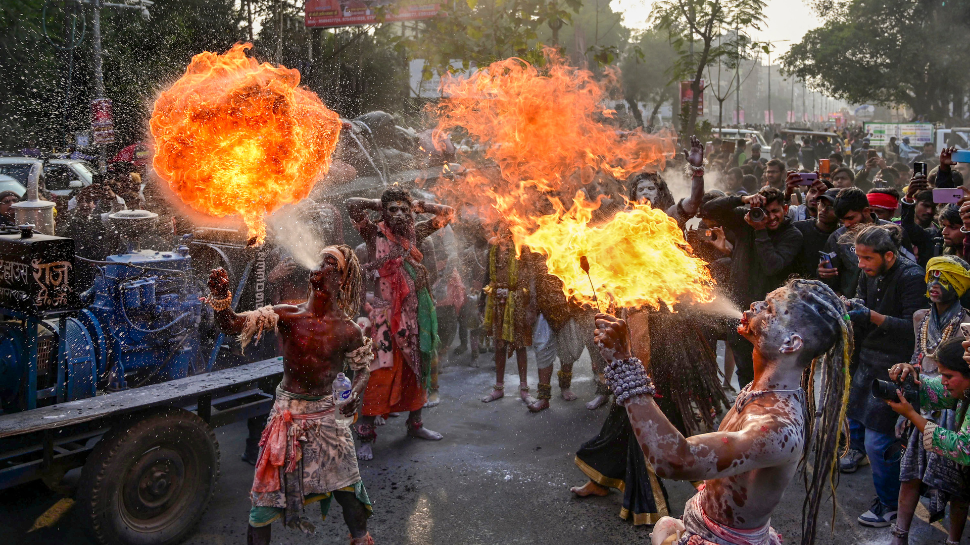)
Mahakumbh 2025: What connects ancient Hindu warriors to modern religious practices? The answer lies in the Akhara system, a centuries-old institution tied to the defense and promotion of Hinduism. The Sanskrit term ‘akhara’ translates to a wrestling arena, but its significance extends far beyond physical combat. This system was established by Adi Shankaracharya in the 8th century AD to train a warrior class of monks and seers who would protect Hinduism from foreign invaders. Unlike regular soldiers, these warriors had no families and were immune to material desires, making them ideal defenders of the faith.
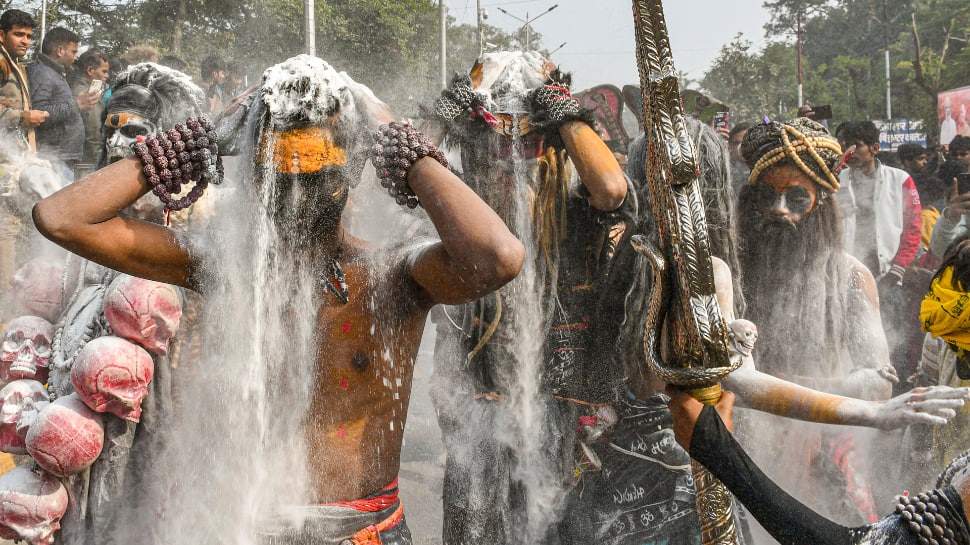
The akhara system that initially started with just four groups, grew into the officially recognized 13 akharas of today. These akharas are divided based on belief systems. According to a website HinduJagruti.org, these akharas are grouped into three broad categories. The Sanyasi sampradaya has seven akharas, including Juna, Niranjani, Anand, and Atal. The Vaishnav sampradaya features three—Nirmohi, Digambar, and Nirvani Ani. Additionally, three akharas—Bada Udasin, Naya Udasin, and Nirmal—are dedicated to the teachings of Guru Nanak Dev.
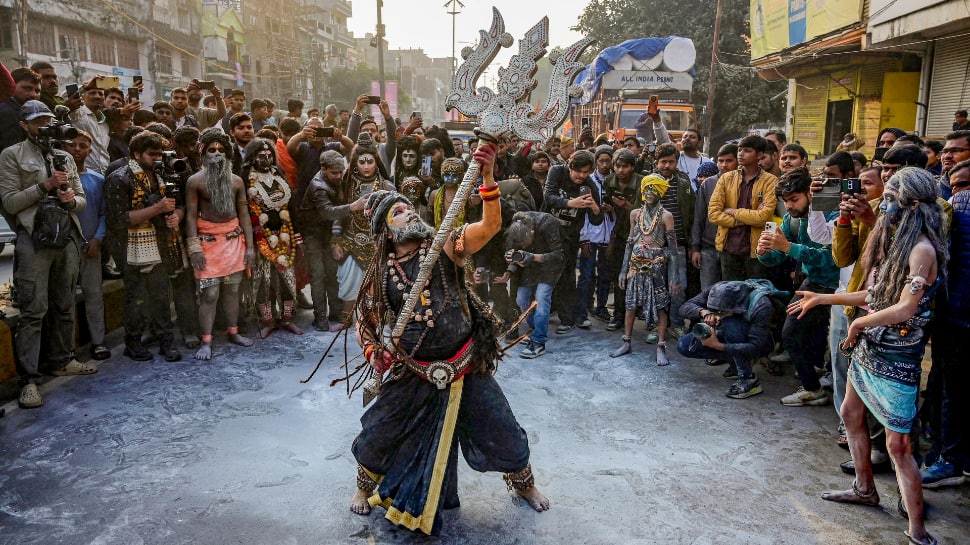
Adi Shankaracharya was the one who founded seven major akharas, laying the foundation for this warrior-seer tradition. These groups later branched out into subsidiary akharas as leadership styles evolved and followership grew.
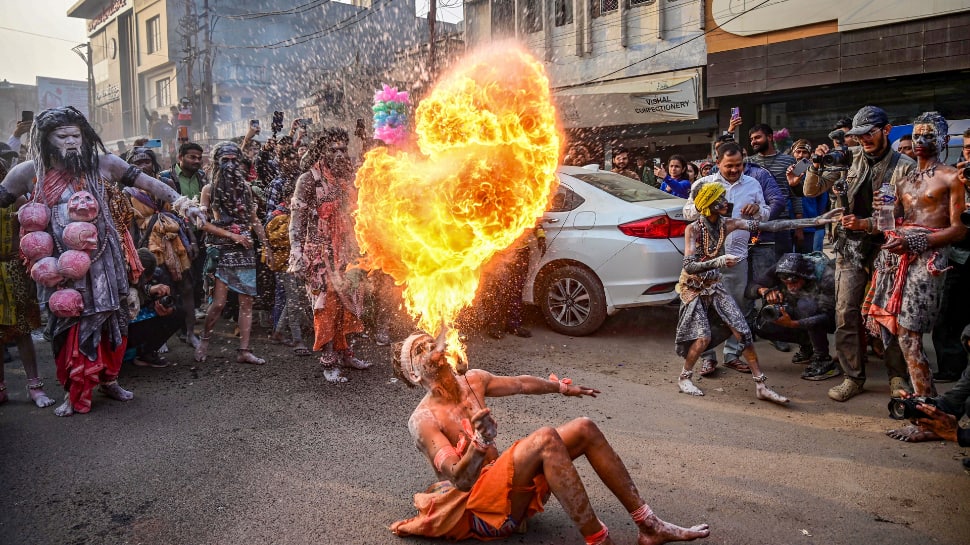
How do these diverse akharas work together, especially during large religious gatherings? The Akhil Bharatiya Akhara Parishad (ABAP) was established in 1954 to bring cohesion to this vast system. The ABAP plays a pivotal role in organizing the Kumbh Mela, the world's largest religious gathering, attended by millions of Hindus. It also ensures coordination among the akharas and resolves internal disputes, making it a cornerstone of the akhara system.
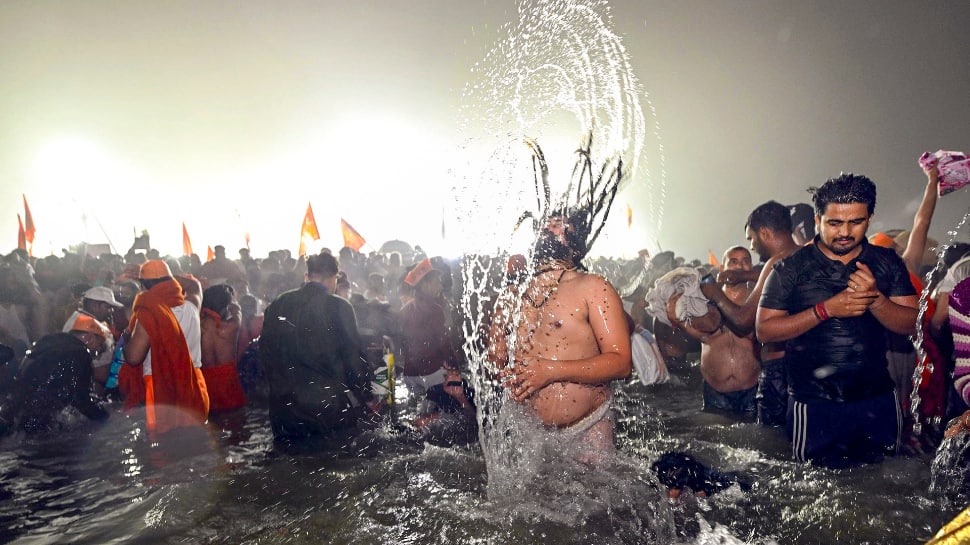
The Kumbh Mela usually sees 13 Akharas participating. However, at the 2019 Prayagraj Kumbh Mela, a women’s Akhara broke tradition by setting up their own camp and performing ceremonies like the male Akharas. In 2025, all 14 Akharas, including Nirmohi, Nirvani, Digamber, Mahanirvani, Atal, Bada Udaseen, and Nirmal Akhara, are attending.
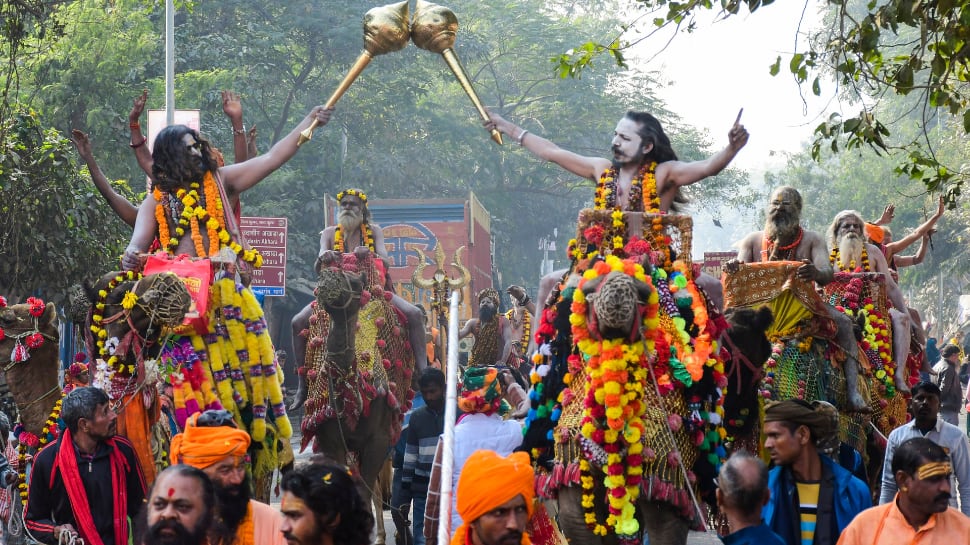
This year, each Akharas has been assigned specific dates and times for their Amrit Snan (holy bath). Shri Panchayati Akhara Mahanirvani and Shri Shambhu Panchayati Atal Akhara took the first plunge on January 14, 2025, followed by others in a pre-determined order.

Each akhara’s turn reflects traditional hierarchy and spiritual significance. Shri Taponidhi Panchayati Shri Niranjani Akhara and Shri Panchayati Akhara Anand will follow the first two groups, while Shri Panchayati Nirmal Akhara will conclude the ritual.
(This article is intended for your general information only. Zee News does not vouch for its accuracy or reliability.)
Trending Photos






